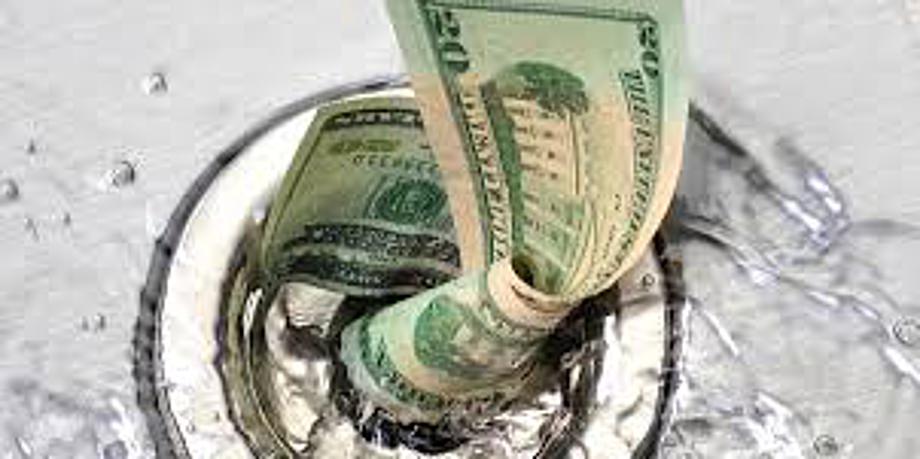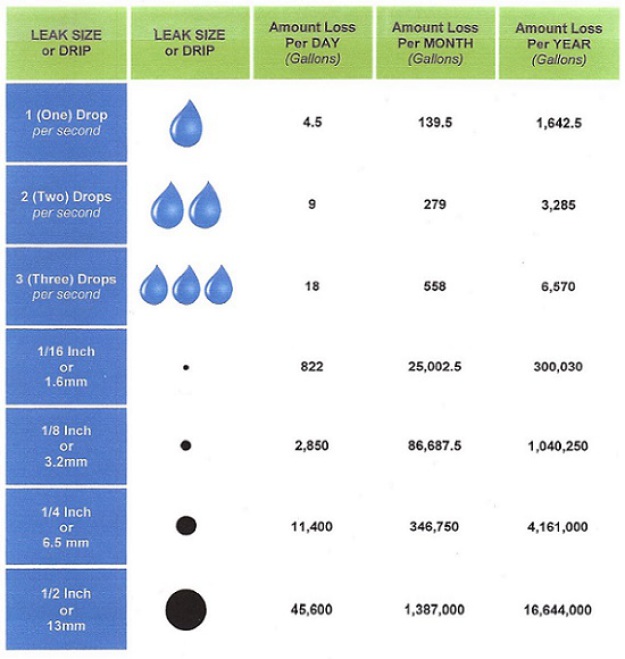Water Leak Detection
PLUMBING TIPS
Leaks are often the culprit for an unexplained increase in consumption, and toilet leaks are the most common. A toilet can waste thousands of gallons of water in a single billing period. Repairing a toilet leak is usually easy and relatively inexpensive to repair.
Another common type of leak is a "leaky" faucet, either inside your home or at an outside faucet.
LEAK DETECTION
To check for a toilet leak, remove the top of the tank behind the bowl and place 3-4 drops of food coloring in the tank water. Wait one (1) hour without flushing. Check the water in the toilet bowl, and if the bowl water has been colored with the food coloring, then the toilet is leaking from the water tank. This type of leak is usually easy to repair by replacing the flapper assembly. If this does not repair the issue, then we recommend consulting a plumber.
In order to determine if you have a water leak, READ YOUR WATER METER. Write the reading down. Wait one (1) hour, then read you water meter again. If any of the numbers on the meter have changed, a leak is highly possible. Our new radio-read meters have a face that will indicate the word "FLOW" when water is running through the meter. If the meter reads "LEAK" that is an indication that the meter is detecting a continuous flow over a several hour period, but isn't necessarily always indicating the flow, sometimes, you have to "catch" the word "LEAK".
Water costs money...don't waste it!
A dripping faucet or fixture can waste 3 gallons a day...
a total of 1095 gallons a year.
Conserve water and save money!
Leak Chart - Water per quarter at 60 psi water pressure
The following PDF's provide useful information with determining a leak and caculating average household usage:



